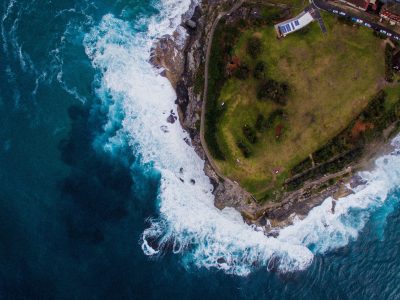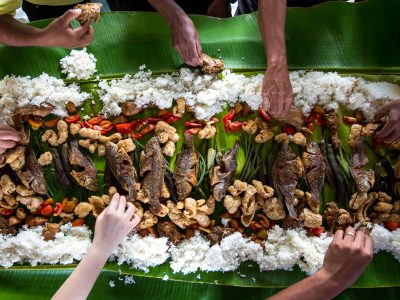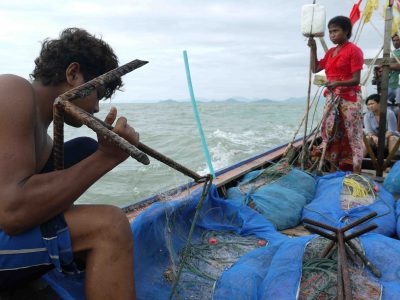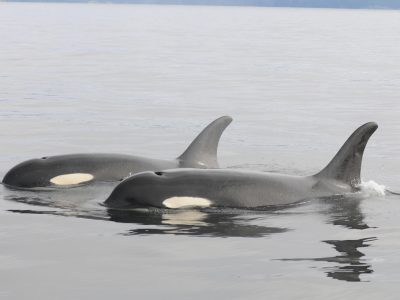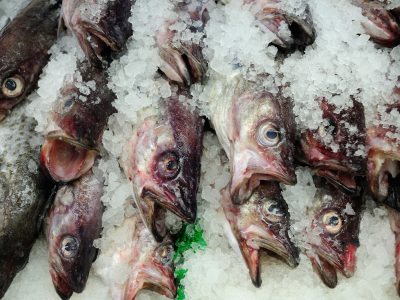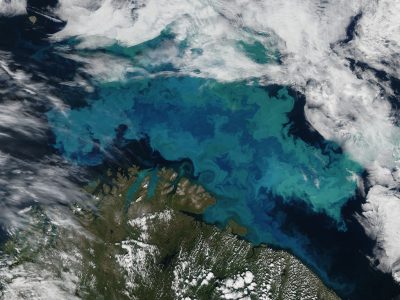Mechanisms and risk of cumulative impacts to coastal ecosystem services: An expert elicitation approach
Human activities degrade and convert coastal ecosystems through infrastructure development, resource extraction, and tourism, among other anthropogenic activities. There is an urgency to gain a comprehensive understanding of how human activities/stressors impact coastal ecosystems and the ecosystems services they provide us.



